Indoor Sempervivum 101: The Complete Guide to Hens and Chicks Care
Are you eager to grow a popular plant called hens and chicks, even if you don’t have a garden? Well, you’re not alone! Many people are curious about whether hens and chicks can thrive indoors. That’s why I’m here to provide all the answers you need in this post.
In this article, I’ll be your guide to help you successfully grow hens and chicks inside your home. Together, we’ll explore the world of hens and chicks plant care indoors, and I’ll share my own experiences and observations along the way. So, let’s get started and turn your indoor space into a thriving hens and chicks sanctuary!
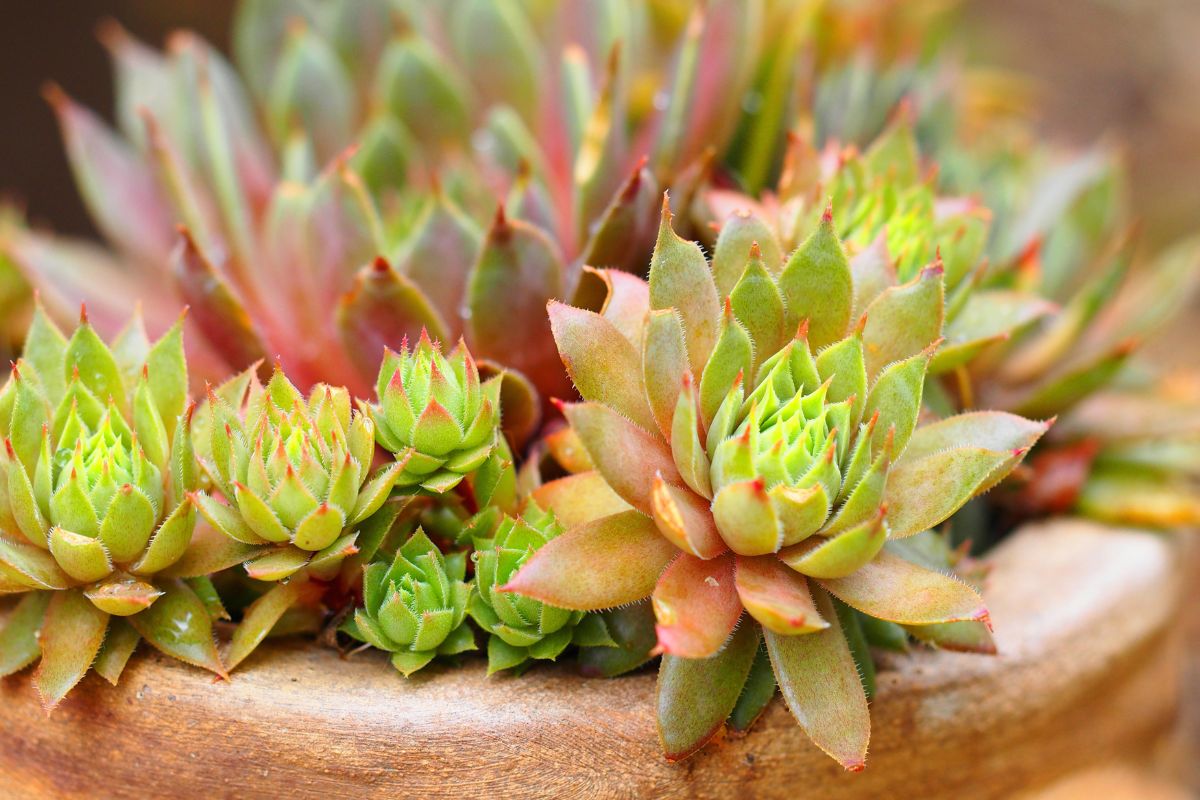
Contents
How to Grow Hens and Chicks Plant Indoors
Have you ever seen a hens and chicks plant? It’s a tough little plant that can survive in all sorts of places. Whether you have a garden or not, you might be wondering if hens and chicks can grow indoors. Well, I’m here to give you all the details!
1. Find a Bright Spot Indoors
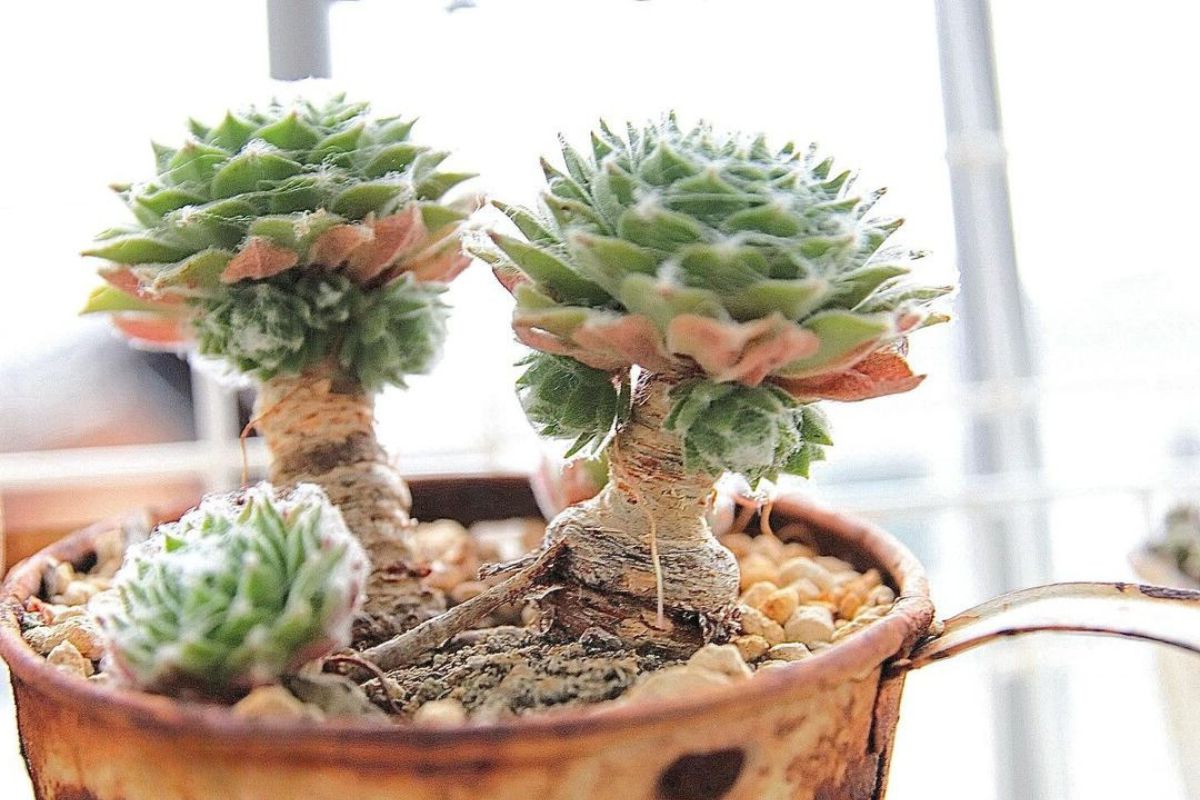
The first step in growing hens and chicks indoors is to choose the right location. These plants love sunlight, so it’s best to place them in a south-facing window where they can soak up plenty of rays. Keep in mind that the color of the leaves might not be as vibrant indoors compared to outdoor plants. Windows can filter some of the sunlight, affecting the intensity of the colors.
It’s important to avoid east or west-facing windows as the plants may not get enough light. Inadequate light can cause the plants to stretch and ultimately die. Additionally, a lack of sunlight can create favorable conditions for harmful fungi to develop. The north window is not suitable for hens and chicks at all, as they will become stretched and won’t grow properly.
If you don’t have access to ample sunlight, don’t worry! We’ll discuss alternative options later on.
2. Choose the Right Soil
The type of soil you use for your hens and chicks is crucial for their growth. A mixture of garden soil and gravel works best for indoor cultivation. Simply combine equal parts of garden soil and gravel, mix them thoroughly, and fill your containers with the mixture.
Some people recommend adding pebbles at the bottom of the pot for drainage, but it’s not necessary since pots usually have drainage holes. Avoid using peat, as it doesn’t allow the roots to develop properly and can be challenging to rehydrate once it dries out. It’s also best to avoid additives like vermiculite, which can cause more harm than good.
The perfect soil-gravel combination creates a balanced environment for your hens and chicks to thrive. You can even add a layer of small pebbles on top for a more attractive appearance.
3. Water Sparingly
When it comes to watering your hens and chicks, it’s important to strike the right balance. Watering once a week is usually sufficient, or when the top inch of the soil feels dry to the touch. However, different situations may require different watering frequencies.
If you’re using the soil-gravel mixture mentioned earlier, watering once a week should be enough. But if your soil doesn’t retain water well due to high mineral content, you may need to water more frequently. The easiest way to determine if your plants need water is to check the top inch of the soil with your finger. If it’s dry, it’s time to water.
During the summer months, when temperatures rise and there are more sunny days, the soil in your containers may dry out more quickly. In this case, you may need to water twice a week.
4. Choose the Right Size Containers
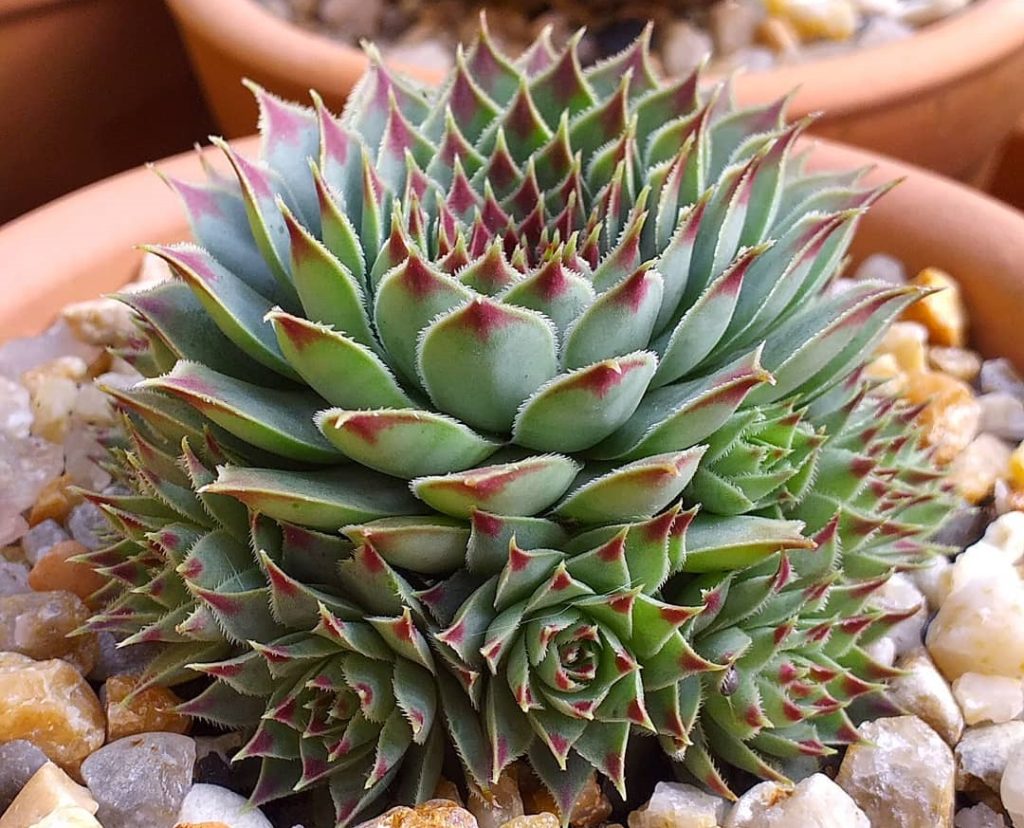
The size of your containers is another important factor to consider. You have two options, and the choice depends on your preferences and goals.
Larger containers, with a size of 4 inches or more, provide ample space for your hens and chicks to grow extensively. However, the leaves may not have intense colors or even be green due to limited light availability.
On the other hand, smaller containers, sized 3 inches or below, restrict the growth of the plants, resulting in more prominent colors. Additionally, small containers are perfect for indoor gardening as they don’t take up much space.
For practicality and optimal results, I recommend growing hens and chicks in small pots on a windowsill.
5. Ensure Good Ventilation
To promote healthy growth and prevent fungal diseases, good ventilation is crucial for your indoor hens and chicks. Stagnant air can create ideal conditions for pests and diseases to thrive, especially during the summer months.
If you have air conditioning, make sure to use it or open the windows for a few minutes each day. If air conditioning is not available, aim to ventilate the room where your plants are located at least twice a day, or even more frequently. Using a fan with a timer can also help maintain optimal conditions by turning it on intermittently throughout the day.
6. Avoid Fertilizing
When it comes to fertilizing your indoor hens and chicks, it’s best to avoid it altogether. Fertilizers stimulate vigorous growth, which may not be suitable for indoor environments. The only exception is when the plants are in transplant shock and not growing at all. In such cases, a few granules of fertilizer can be used to give them a little boost.
7. Protect Your Hens and Chicks
Indoor environments can be a breeding ground for pests and diseases, especially during the winter months. Since hens and chicks have densely arranged leaves, it’s essential to take steps to protect them.
Using non-toxic remedies, such as Neem Oil, can help manage most pests effectively. Neem Oil is a natural insecticide that also helps prevent the growth of fungi. There are other remedies available as well, offering various options for safeguarding your hens and chicks.
8. Maintain the Right Temperature
The optimal temperature range for hens and chicks is between 59 to 77 degrees Fahrenheit. Luckily, this falls within the usual room temperature range. However, there’s one thing to keep in mind.
If you place your pots on a sunny windowsill, they might get too much heat when the sun is strong. Unlike outdoors, where the ground absorbs excess heat, indoor pots have limited heat dissipation. To regulate the temperature, adjust your air conditioner or open the window more frequently to allow in cooler outside air.
9. Avoid Misting the Leaves
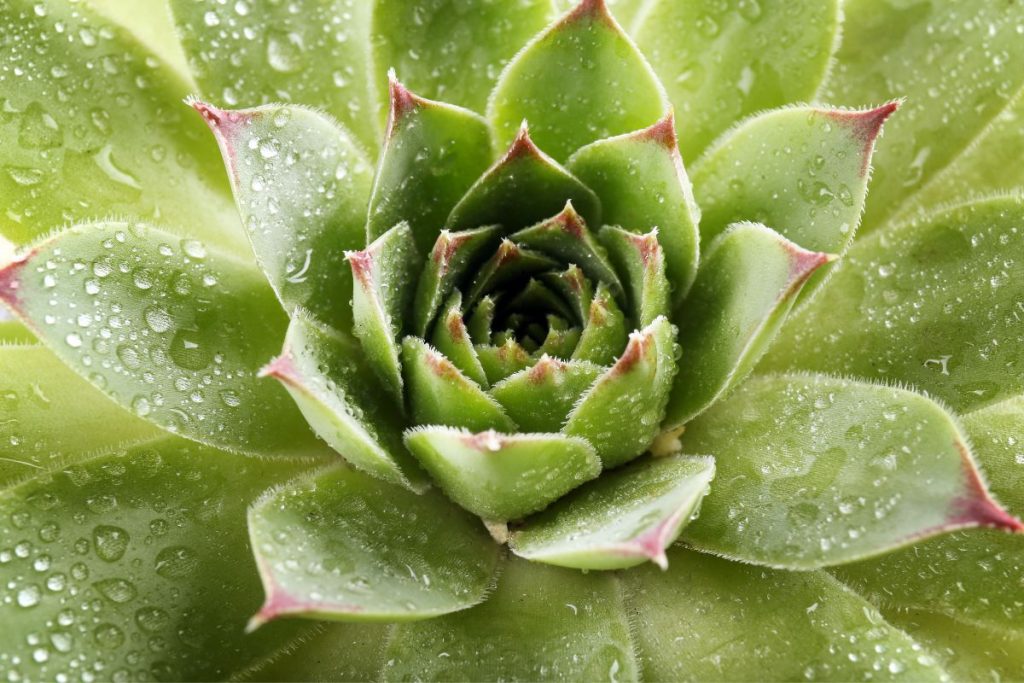
While it’s common practice to mist the leaves of indoor plants, hens and chicks don’t benefit from this. Even if the air indoors feels dry, resist the urge to mist the leaves. Moisture on the leaves can lead to bacterial growth, which can harm the plants.
If some water accidentally lands on the leaves while watering your hens and chicks, there’s no need to worry. Just make sure the leaves dry out completely to prevent any issues.
Do You Need to Bring Hens and Chicks Indoors?
When temperatures drop during winter, it’s a good idea to bring your hens and chicks indoors. While hens and chicks growing in the ground are usually cold hardy, potted plants require extra care to survive harsh winter conditions. Prolonged exposure to cold temperatures can result in root damage.
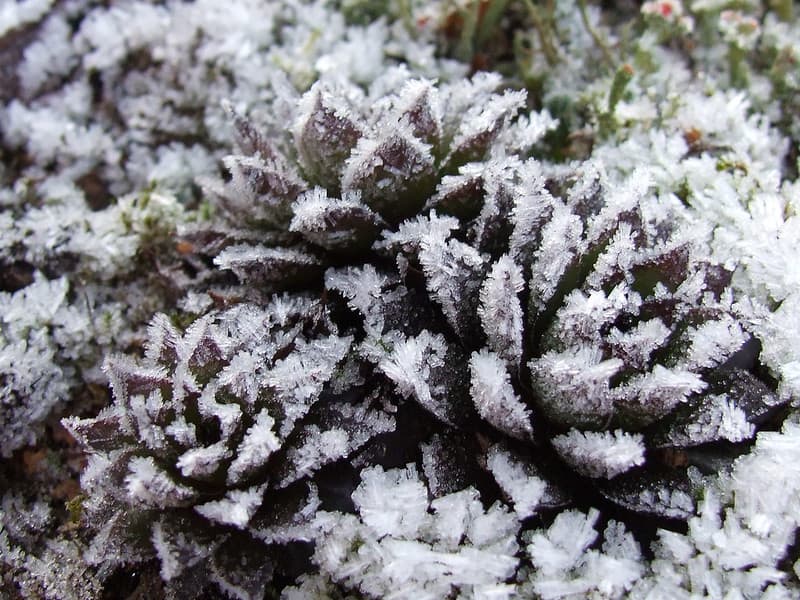
If you prefer not to bring them indoors, another option is to bury the pots in the ground for added insulation. Alternatively, you can try keeping potted hens and chicks in unheated garages, as long as they’re protected from extreme cold.
When bringing your hens and chicks indoors for winter, place them near a window that receives enough sunlight. Reduce watering significantly and only water when the soil is dry. Fertilizing should be avoided during this period, and if necessary, apply fertilizer after March. Once the risk of frost has passed, you can safely move your plants back outdoors.
Are Hens and Chicks Poisonous?
The common houseleek, which includes hens and chicks (Sempervivum tectorum), has been used as a medicinal and magical plant for centuries. While some species of houseleek may have toxic properties, the Sempervivum tectorum species, which is widespread, is not known to be toxic.
Traditionally, houseleek is used externally or as a tincture to treat insect bites, burns, wounds, ulcers, warts, and hemorrhoids. The leaves are cut open, and the damp side is placed on the affected area. Similar to aloe vera, houseleek has beneficial properties. Its juice contains tannin, bitter and mucilage substances, formic and malic acid, ascorbic acid (vitamin C), potassium, and resin.
Final Words
In conclusion, hens and chicks can be a delightful addition to your home. Follow these helpful guidelines on how to grow hens and chicks indoors, and create a stunning succulent display in your home all year round.
